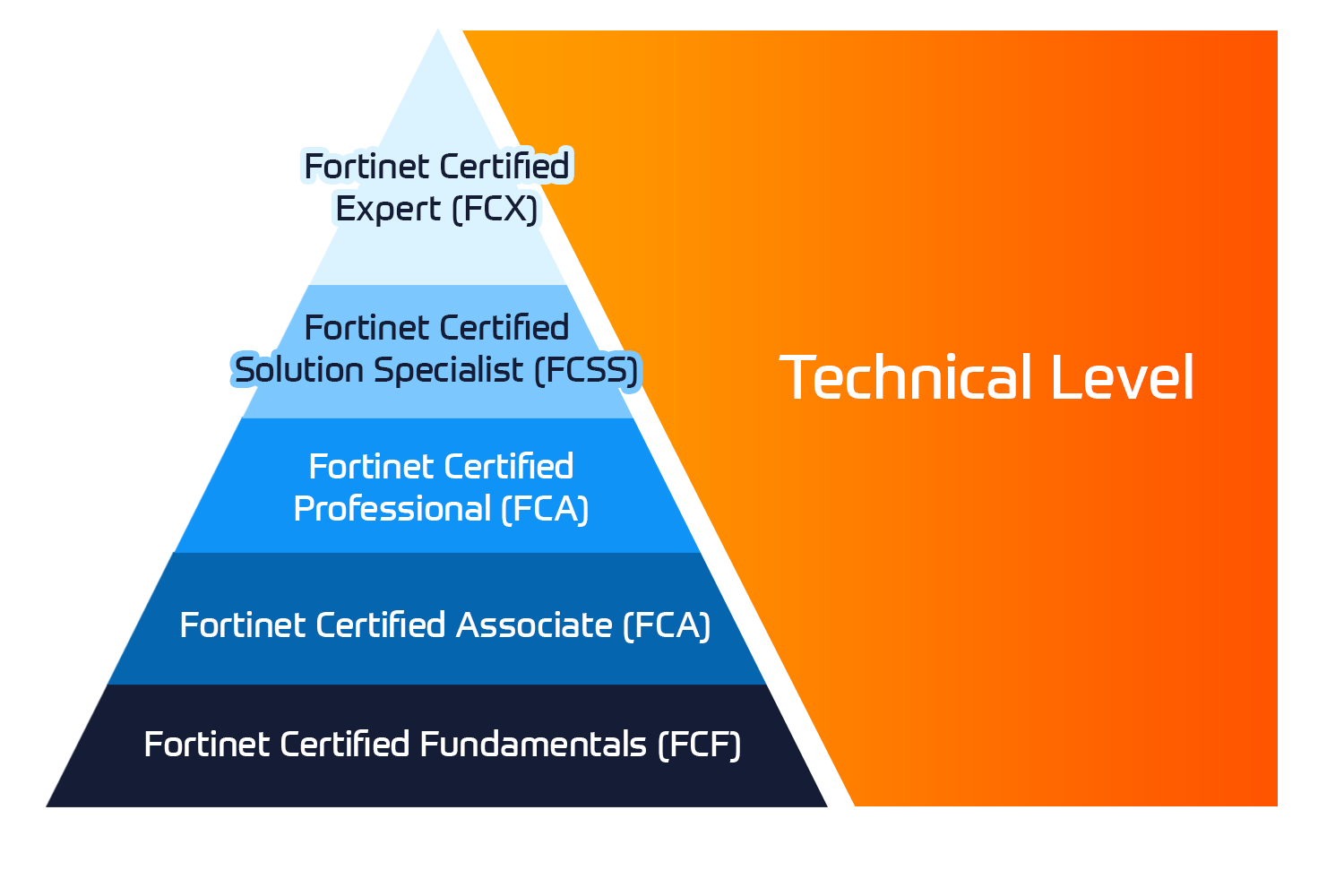PLEASE NOTE: This course has been replaced with the new version: Microsoft: Administering System Center Configuration manager and Cloud Service Integration. This course describes how to assess operating system and application deployment options, determine the most appropriate deployment strategy, and then implement a deployment solution for Windows devices and apps that meets your environment’s needs. Solutions that this course details include operating system deployment scenarios ranging from high-touch solutions to zero-touch solutions. It also discusses the technologies that you use to implement these solutions, including the MDT and Configuration Manager. Taught by your official Microsoft Certified Trainer (MCT), you’ll use Microsoft Official Curriculum (MOC) and practice tests. You’ll also use Insoft ’s unique Lecture | Lab | Review technique, which will immerse you in topics like:
- Assess the network environment to support operating system and application deployment tasks.
- Identify the most appropriate operating system deployment strategy based upon organizational requirements.
- Assess application compatibility issues and identify mitigation solutions to ensure that applications function successfully after an operating system deployment.
- Describe and configure strategies to migrate user state during operating system deployments.
- Determine the most appropriate image management strategy to support operating system and application deployments.
- Describe and use the tools provided in the Windows ADK to prepare for and support automated deployment strategies.
- Identify solutions to support PXE-initiated and multicast solutions when performing operating system deployment tasks.
- Configure an operating system deployment strategy by using the MDT.
- Configure an operating system deployment strategy using Configuration Manager.
- Integrate the MDT with Configuration Manager to support operating system deployment procedures.
- Implement volume license activation and configuration settings for client computers.
- Customize and deploy Microsoft Office 2016 to an enterprise network environment, and describe how to use the Windows ICD.
At Insoft , we know your time is valuable. That’s why we give you the opportunity to gain your Microsoft Deploying Windows Desktops and Enterprise Applications training and certification in just 3 days. We provide the best conditions for you to learn. With us by your side, encouraging and guiding you along the way, you can enjoy 3 intense, focused days of quality learning in a distraction free environment. Your expert instructor will be working with Insoft ´s unique accelerated learning methods, which include our exclusive lecture/lab/review methodology with real life cases putting you in the best possible position to learn and retain knowledge and pass your exams. Sitting your Microsoft Deploying Windows Desktops and Enterprise Applications course and certification with Insoft means:
- You´ll get more hours of training per day, allowing you to get trained and certified faster and more cost-effectively than with any other training provider.
- You will be trained by one of the most expert instructors in the world.
- You can focus purely on learning in our distraction free environment.
- Dedicated onsite support and access to your classroom at all hours.
- The price you pay is all-inclusive and covers all course materials, exams, transportation service, accommodation and meals.
- The Certification Guarantee allows you to train again for free, if you do not pass first time. You only pay for any exams and labs, and accommodation.
This course is part 1 of the course Microsoft Enterprice Devices and Apps that has been replaced with the new version: Microsoft: Administering System Center Configuration manager and Cloud Service Integration.

 United Kingdom
United Kingdom Germany
Germany Denmark
Denmark Sweden
Sweden Italy
Italy Netherlands
Netherlands Norway
Norway 

















 Kesto
Kesto  Toimitus
Toimitus  Hinta
Hinta